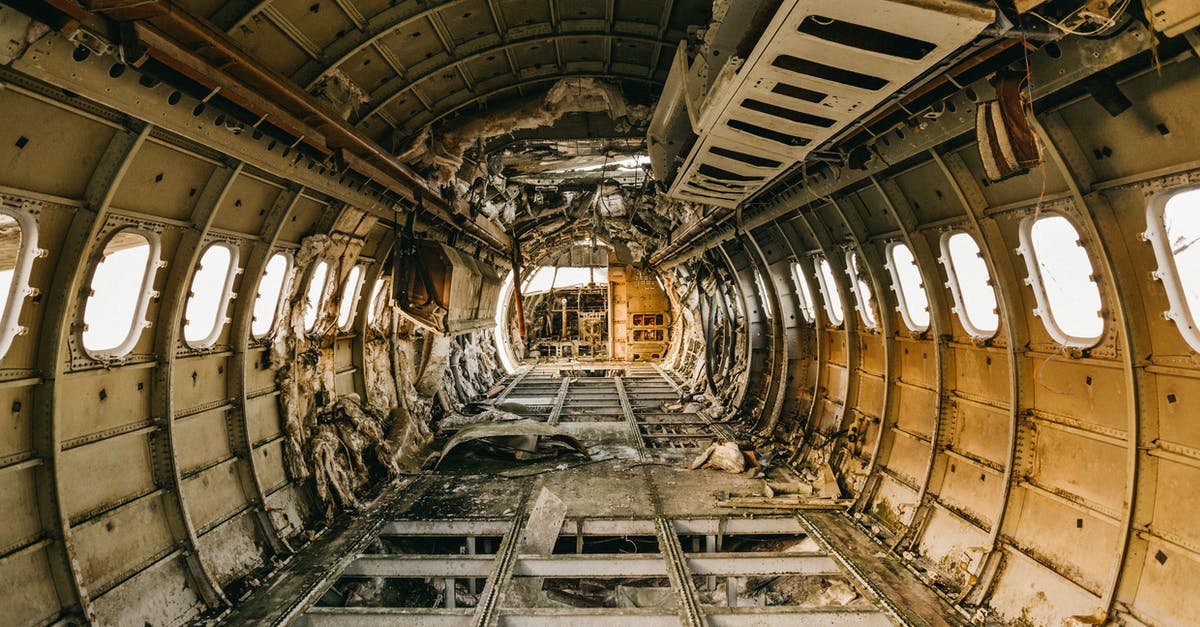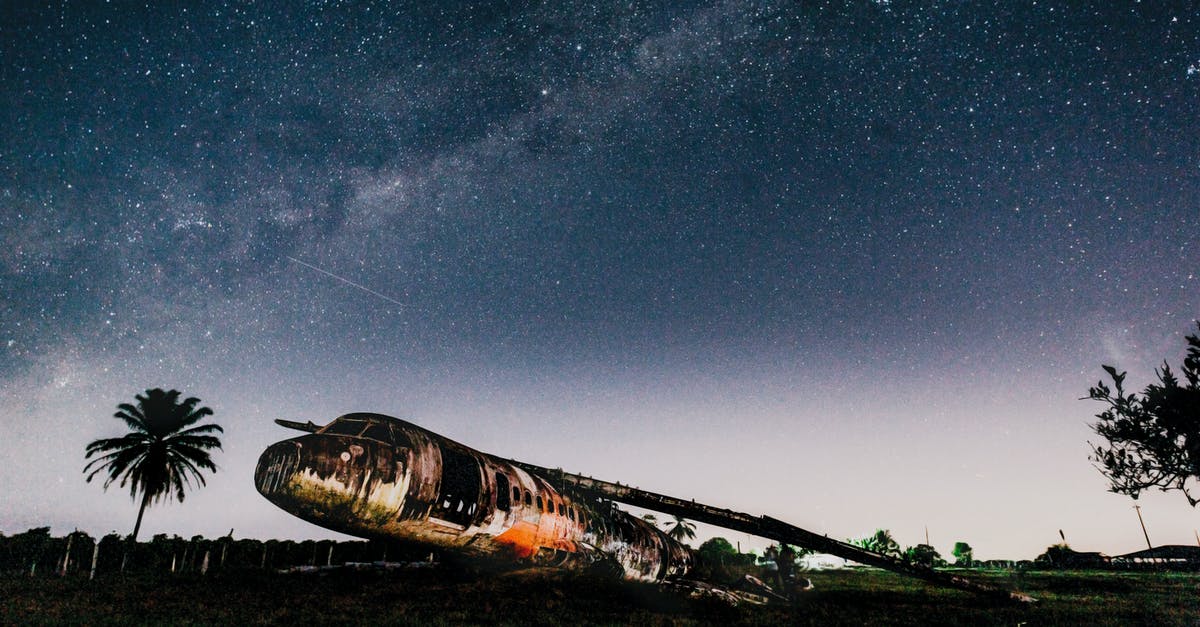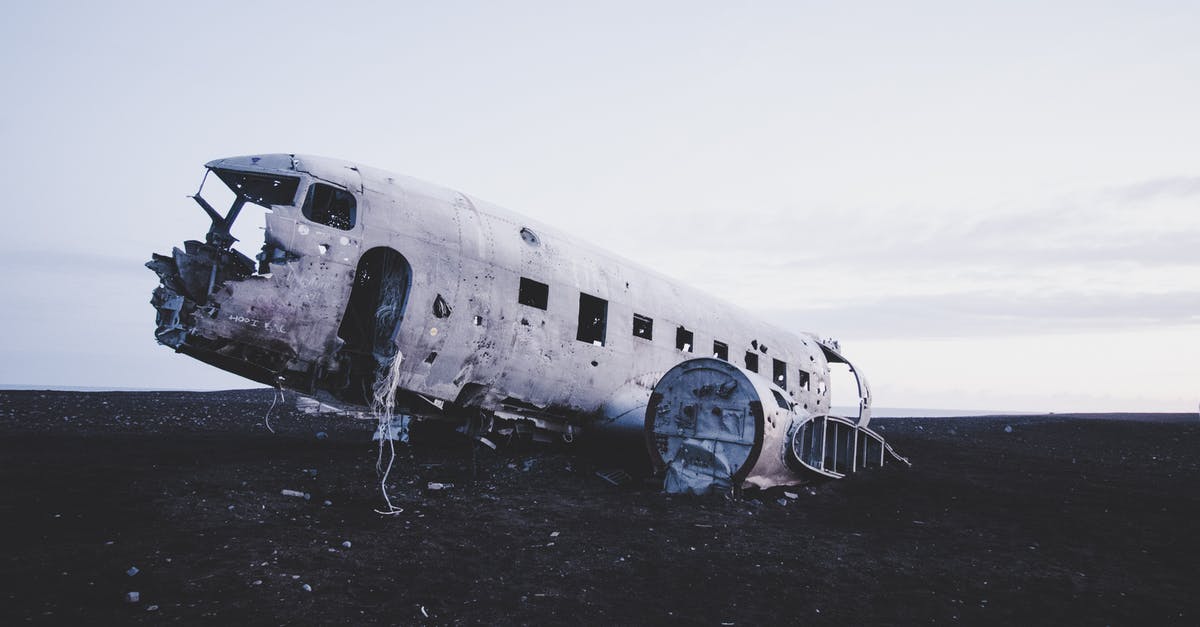Why has the Moonraker Shuttle Carrier Aircraft crashed in the Yukon?

In the James Bond movie Moonraker (1979), the earliest plot development is the theft of a Moonraker shuttle from the back of a 747 SCA, which, according to Bond (approx. 9m 36s into the film), "crashed somewhere in the Yukon" (with no trace of the shuttle, of course!).
We know from the same scene that the shuttle was being loaned from the Americans to the British, and that the shuttle is manufactured in California. We also know that the loaned shuttle was almost definitely destined for Britain, as in an earlier scene a pilot (or navigator) says that the 747 will "pass over the English coast 15 minutes ahead of time."
My question is: why would the 747 have crashed in the Yukon? Assuming that the Moonraker was being flown from California to Britain—e.g., from San Francisco to London—the shortest great circle arc comes nowhere near overflying the Yukon (see SFO-LHR route). Even using relatively northerly locations in California and Britain, such as Crescent City, California, and Perth, Scotland, the 747 still wouldn't have overflown the Yukon. (In fact, it looks like the only air routes originating in the US that would overfly the Yukon using optimal great circle paths would be from Hawaii or from certain Alaskan airports.)
Possible explanations I have thought of that don't call the film's script into question:
- I realize that some airline routes take weather/air patterns into account, but I don't see anything that would suggest that an optimal California–Britain route would take such a northerly course.
- Or is it feasible that that the 747 could have flown long enough off-course to crash in the Yukon? (I know, this raises questions about the damage the 747 sustained during the Moonraker theft; the film's effects show that the plane is intact but engulfed in flames, pitching way down and rolling sharply right—see approx. the 1m 55s mark.)
I realize that there are plenty of other unrealistic things in the film (and the 747 destruction scene alone!), but unlike most of those, the plot doesn't seem to require or benefit from a Yukon crash site.
Best Answer
Moonraker came out two years before the first shuttle flight and only shortly after the first shuttle ferry, so some of the logistics of ferrying would have been surmised by the writers given information available at the time.
According to the Wikipedia article you helpfully cite, the SCA, when loaded with the Orbiter, can only fly about 1000 nautical miles before needing to refuel. Initial testing was done at 450 mph and at a maximum of 26,000 feet, and a trip from Edwards Air Force Base in California to Kennedy in Florida would have been done in two or three legs, depending on weather. Eventually NASA would test and reject aerial refueling as an unnecessary risk, but this was done post-Moonraker.
NASA analyzed 11 years worth of weather data from a multitude of locations, then ran probability analyses that took into account fronts, squall lines, thunderstorms, precipitation and the possibility of VFR flight - and remember this was in the days of punch cards and magnetic storage tapes - to plan the safest flight route with the least turbulence possible. This information and those first tests would have been about all the writers of Moonraker had to draw from, though I have not done an exhaustive search of literature at the time, and other scientific publications may have made applicable predictions.
The only way across the Atlantic in a short or medium-range aircraft is a North Atlantic route that refuels in Iceland (in fact, when the Endeavour did its trip to the Paris Airshow, it did just that, leaving from Goose Bay, Canada and stopping in Iceland and the UK on its way). So any eastward flight the writers might have concocted would include a Canadian stop unless they assumed aerial refueling was possible. Since the pilots were predicting an early arrival to England, it seems they were not expecting to make any stops. Perhaps they considered aerial refueling over Canada (less populous, less crowded air space) and a route that was over land as much as possible (the Canada - Iceland route).
This still doesn't fully explain the Yukon, though we quickly jump from the Orbiter exiting the SCA to Bond frolicking on another aircraft, so perhaps something happens to the trajectory of the SCA once the orbiter exits. The SCA cannot fly properly without the Orbiter unless it has 8000 pounds of ballast, so a wayward crash landing is perhaps conceivable. As much of this film is a stretch, is this one stretch too many?
Pictures about "Why has the Moonraker Shuttle Carrier Aircraft crashed in the Yukon?"



What is the plane in Moonraker?
Lockheed L-188A Electra.Why did Drax steal his own shuttle?
Also remember that the world of James Bond is more advanced than ours. Many of the films have technology that we still don't have decades later. Drax's explanation for stealing a Moonraker was that the intended one had developed a flaw during construction, and so had proven unusable.The Plane That Cut Off Your Arm If You Wanted To Land | CANT Z.501 Gabbiano
Sources: Stack Exchange - This article follows the attribution requirements of Stack Exchange and is licensed under CC BY-SA 3.0.
Images: Jonathan Borba, Jonathan Borba, Jonathan Borba, Joan Costa
